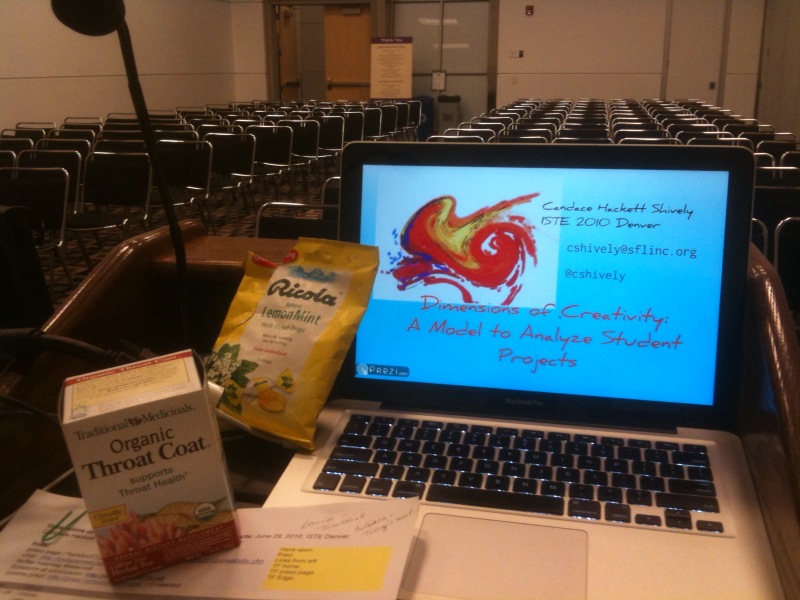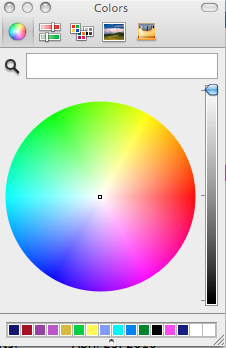Teaching and Creativity, Part 2: Finding Fluency
Why do we need fluent creative thinkers?
If we only need the original ideas, who cares if someone can think of loads of ideas that follow the same patterns that we have come to expect? Need ways to prevent sound from waking the baby? Pad the door, pad the walls, pad the crib, pad the television, pad the phone (or put it on a pillow). We get the idea, so why bother being fluent with all these ways of padding things to solve the noise problem? What we need is the original, different idea, right? Besides, the researchers say that group brainstorming has NOT proven effective at loosening adult creativity.
Stop right there. That research was on adults and groups. What generates loads of ideas and possibilities is an environment that encourages fluency–or flow– of ideas openly and in quantity. No yeah, buts.
What are some reasons for fluency?
Generating more options to choose from, more options to research/test, more ways of saying things, more ways of drawing things, more colors, more lines or tones, more ways of hearing things, more notes, sounds, harmonies, counterpoints, more tastes, smells, associations, more textures and touches, and getting others caught in the benevolent flood of ideas.
How do we release the fluency flood? (uh-oh, does it need to be controlled?)
Establish places where everyone–young, old, quiet, or bossy– can talk, draw, write, scribble, hum, color, ask, think out loud, tilt their heads, graffiti, offer asides, hitchhike on an idea, paste thoughts, pile up images, collect snippets, value brain scraps, and hoard mental mutterings. Since a classroom usually has far more mouths than attentive ears, give everyone space, virtual or tactile, to gather their tidbits. If the very flood/quantity of ideas is valued, the treasures that float in and on the flood are precious indeed. And be sure that everyone respects the collections of others. Make spaces for shared collections nd personal ones. Some possible collection spaces:
Fluency walls: public places to jot an idea or piece of one. Everything you/we associate with waves during a science unit. Everything you/we know or think about survival stories during a literature unit. Everything you/we think of when we think of weather, or the environment, or the Revolutionary War or triangles or percents or… what do you teach about?
Idea scrapbooks: re-used paper with scribbles, held inside a very important-looking cover What a wonderful way to REUSE and renew! A special place for the turns-of-phrase that intrigue me as a writer. Electronic scrapbooks: Glogs or Scrapblogs or Blogs or Google Docs folders or Evernote “notebooks” [my personal favorite] where I/we can stash the thoughts that float in, even if I/we have no idea what I/we will do with them.
More is better. No tagging, judging, deciding; just collecting.
And definitely no laughing, ridicule, naysaying, or “yeah, but…” The benevolent flood.
Could your classroom have fluency spaces? Could your lessons/units have fluency space/time? Could your student projects begin with fluency stretchers? Are YOU trying to be more fluent? What other spaces can you think of to collect thoughts, images, words, numbers, drawings, and bits of mental music? Are you finding fluency?
Next: Flexibility is more than toe-touching












